
Why EU connection codes matter for Georgia
Connection codes are the technical paramaters, which must be adhered to when a facility is switched on the public grid. These codes ensure the safe, secure and cost-effective functioning of a country’s electricity system. The European Union’s (EU) connection codes aim to unify all of these national paramaters across the continent. To this end, the EU is helping national system operator the Georgian State Electrosystem (GSE) integrate these codes into its own national network. Doing this will sustain the country’s power system well into the future.
Common transnational codes
Interconnections between countries’ power systems are on the rise and result in more electricity flows. Meanwhile, integrating renewable energy sources and energy markets represent a major challenge to system operators, both in the EU and beyond. In order to meet these challenges, the European Commission and system operators are developing common EU Connection Network Codes (CNCs).
“These EU CNCs are essentially a set of rules, which guide system operators in their planning and operations. CNCs also connect producers, system operators and consumers to the power system, ensuring its effective functioning,” comments Sebastian Stepanescu, Key Expert.
These codes can adjust to evolving energy markets, innovative technologies and the growth in renewables.
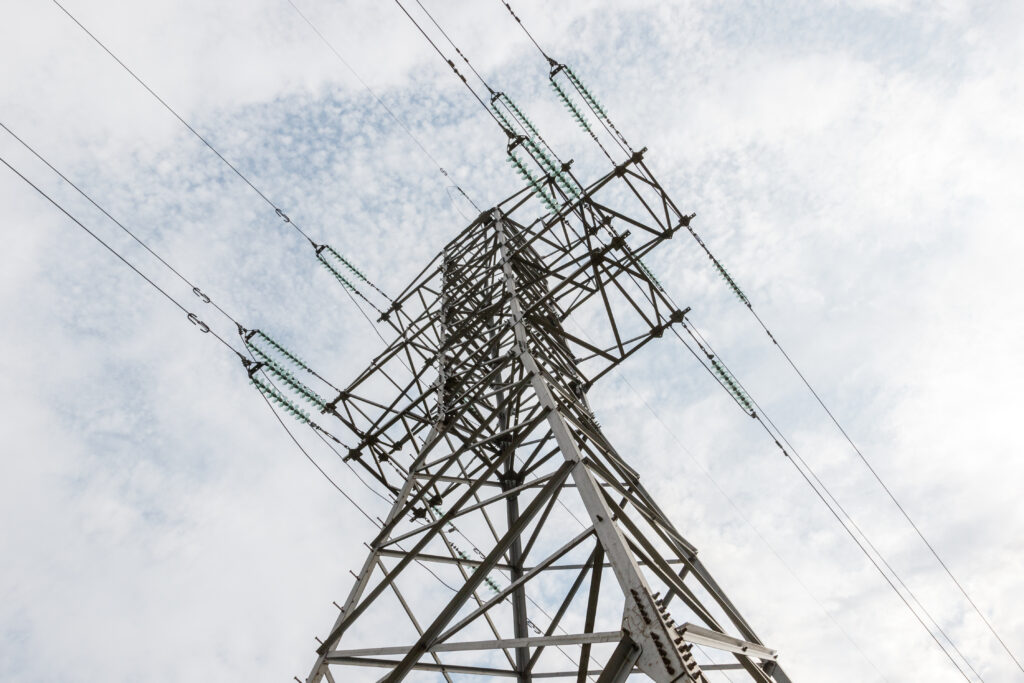 electric grids
electric grids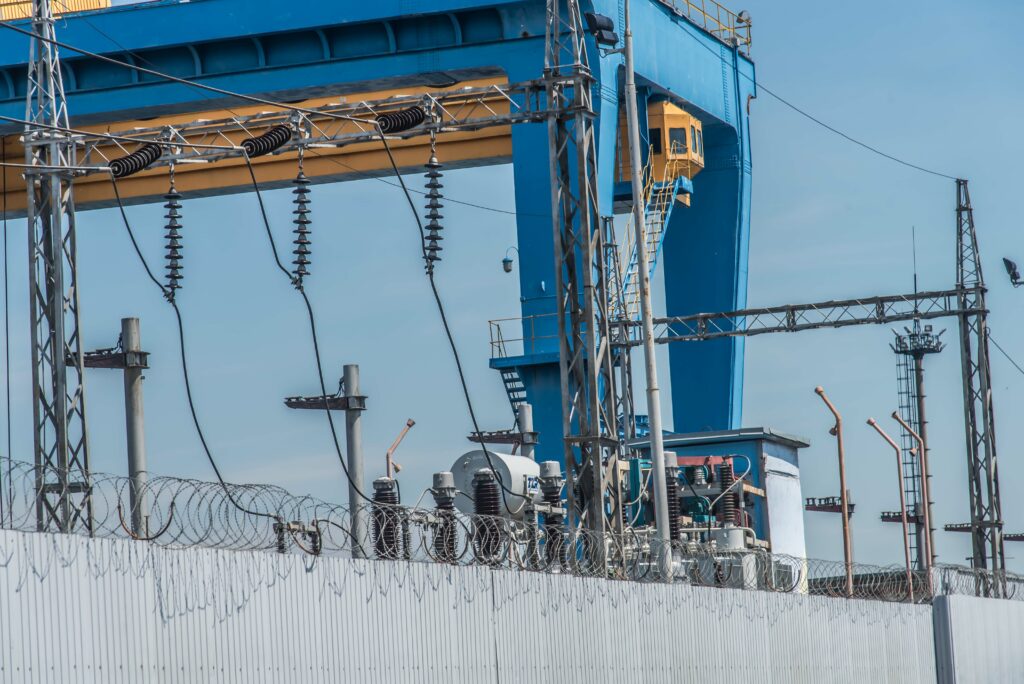 electric grids
electric grids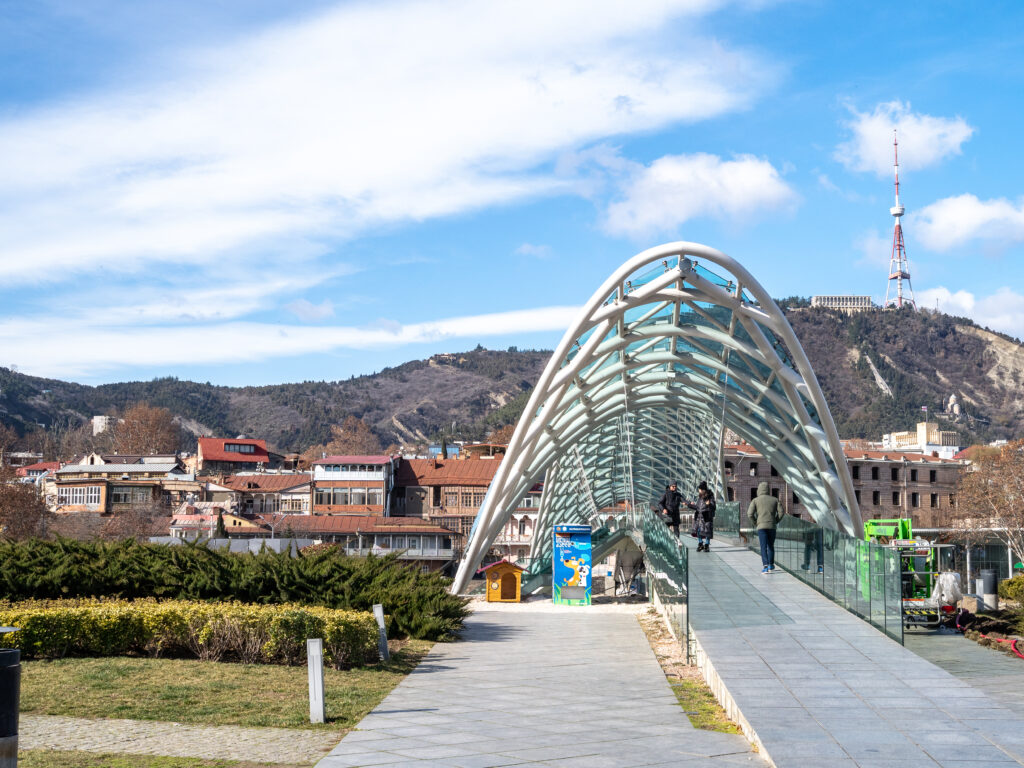 The Bridge of Peace, Tbilisi, Georgia
The Bridge of Peace, Tbilisi, Georgia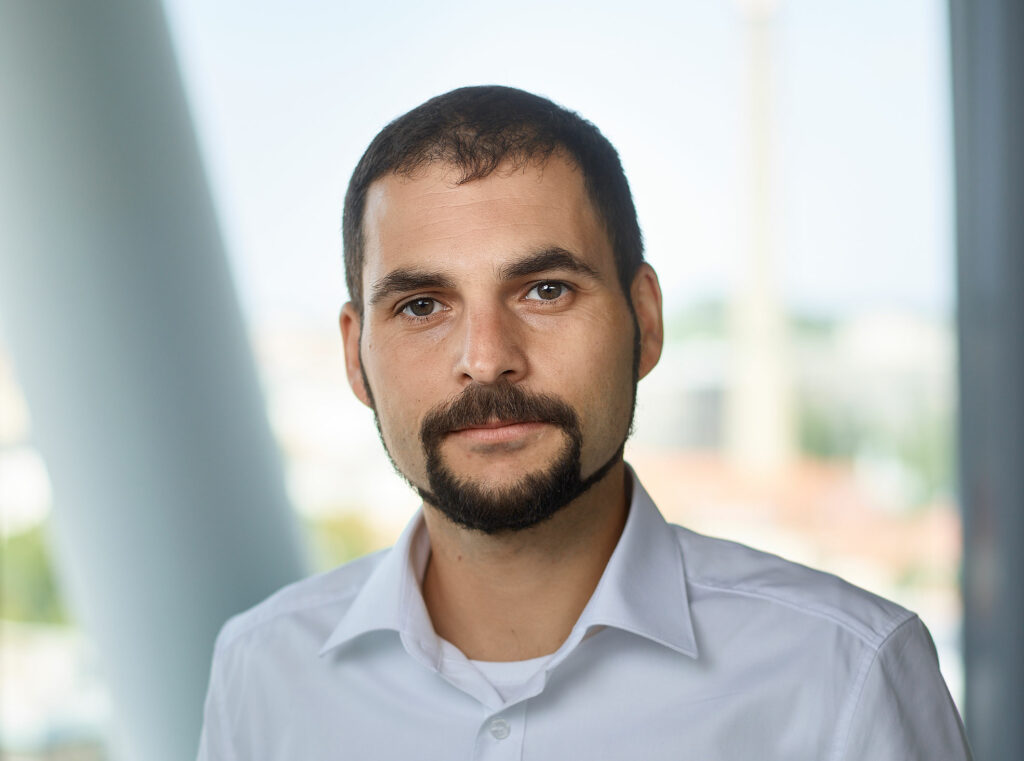 Sebastian Stepanescu, Key Expert
Sebastian Stepanescu, Key Expert
There are many codes in existence but for the purpose of this article, we are focusing on the three principle ones relevant for the EU: Requirements for generators (RfG), Demand Connection (DCC) and High Voltage Direct Current (HVDC). All three came into force in 2016.
These CNCs must be operational in Georgia so that the country is in line with the Energy Community (EnC) Treaty. They will have a significant impact on manufacturers, power generating module operators, demand facilities and distribution networks.
In Georgia, GSE must define and submit national specifications to the Regulator – the Georgian National Energy and Water Supply Regulatory Commission (GNERC). These specifications are known as exhaustive requirements and mandatory non-exhaustive requirements.
Adapting to a new normal
Through this project, the EU is helping GSE to integrate CNCs into the Georgian market by providing training, developing processes and identifying important players in the market.
Together with GSE, the project team has assessed state-of-the-art CNCs suitable for Georgia. Based on this assessment, the team has proposed an approach to meet the country’s requirements.
To effectively introduce CNCs requires the involvement of key stakeholders such as the Georgian National Energy and Water Supply Regulatory Commission (GNERC), the Ministry of Economy and Sustainable Development (MoESD), Distribution System Operators (DSOs), power plants owners, and the public.
An example of this transition happening follows: RfG requirements have a particular voltage for Continental Europe which differs from that in Northern Europe. In this case, the generating facilities from Northern Europe submit their national specifications to the Regulator. These specifications are integrated into a so-called general application. This document includes both the exhaustive requirements and mandatory non-exhaustive requirements, as can be seen in the figure below.

Figure 1: Technical requirements for CNCs
The process involves proposing changes to existing parameters so that they are in line with the CNC. These changes only come into force after internal consultation with GSE experts and other system operators. The agreement is submitted for approval to GNERC once consultation feedback is integrated.
“We also helped identify the parameters and processes necessary for the implementation of the CNC and set out proposals for a roadmap,” comments Sebastian Stepanescu, Key Expert.
The identified parameters were based on the technical requirements described above.
In addition, the project team proposed their CNC procedures to GSE, which include the need for testing and analysis before a facility can be connected to the grid. Once these steps are complete, the facilities start operating and are continually monitored throughout their lifetime. The aforementioned processes are also a new addition EU member states, who must also adapt their current connection processes. These processes and the experiences of EU system operators are then presented to GSE experts so that they know what to expect.
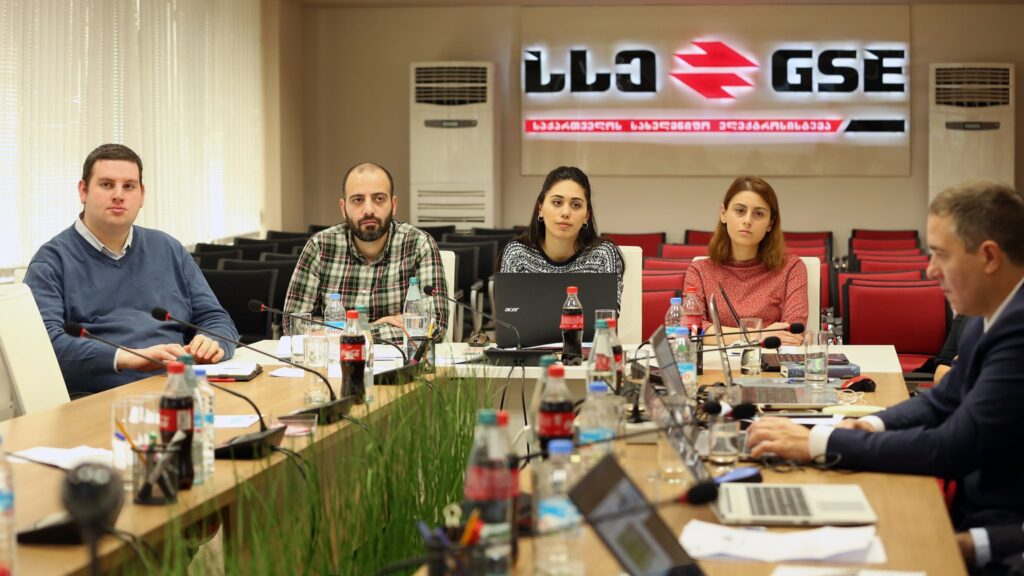 Working Meeting by GSE representatives
Working Meeting by GSE representatives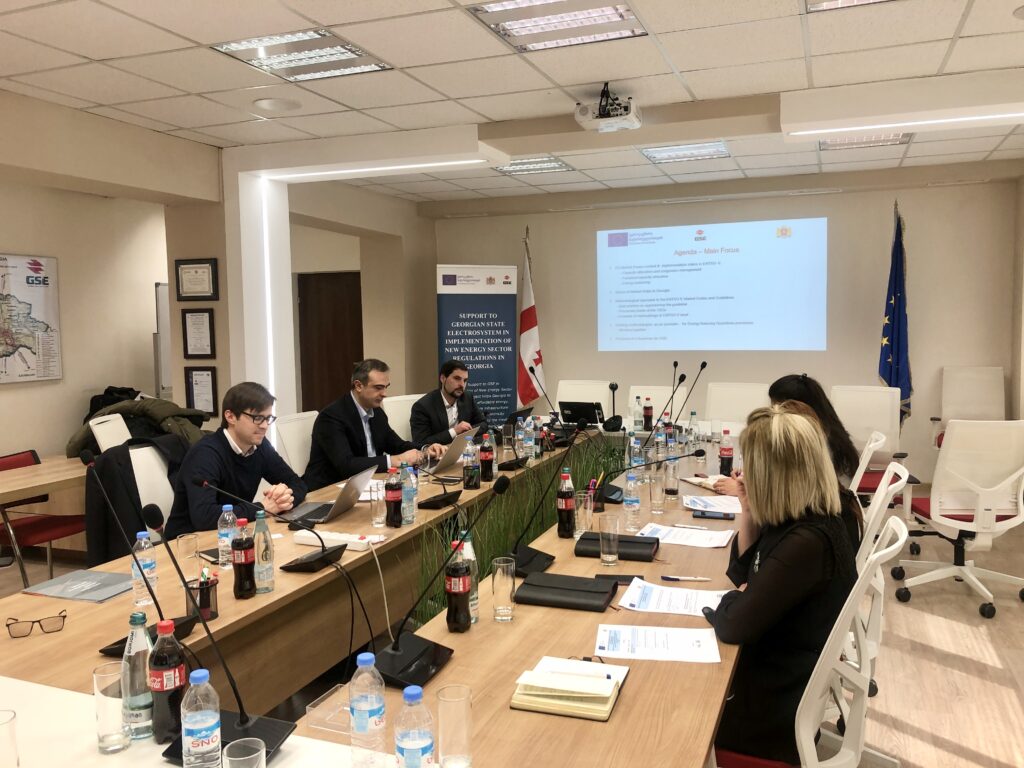 Working Meeting by GSE representatives
Working Meeting by GSE representatives
The project team subsequently developed a CNC roadmap, a stakeholder mapping and has ensured coordination between all power system stakeholders.
In addition, several training events for GSE experts have been organised. In addition, the proposed processes were discussed in detail and applied to the Georgian situation. Finally, a study visit to German System Operator 50Hertz took place in July 2019, during which GSE experts learned about the new procedures from their counterparts.
The EU-funded project ‘Support to Georgian State Electrosystem (GSE) in implementation of new energy sector regulations in Georgia’ started in March 2019. The 18-month project involves a consortium comprising EGI (Germany) and LDK (Greece). The goal is boost GSE’s ability to implement the electricity market reform process in full compliance with the EU acquis.
MOST READ
SEE ALSO
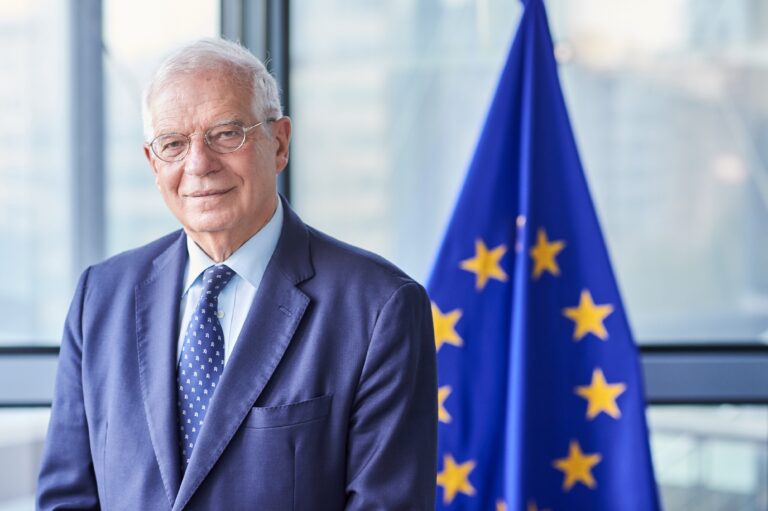
No, time is not on Russia‘s side
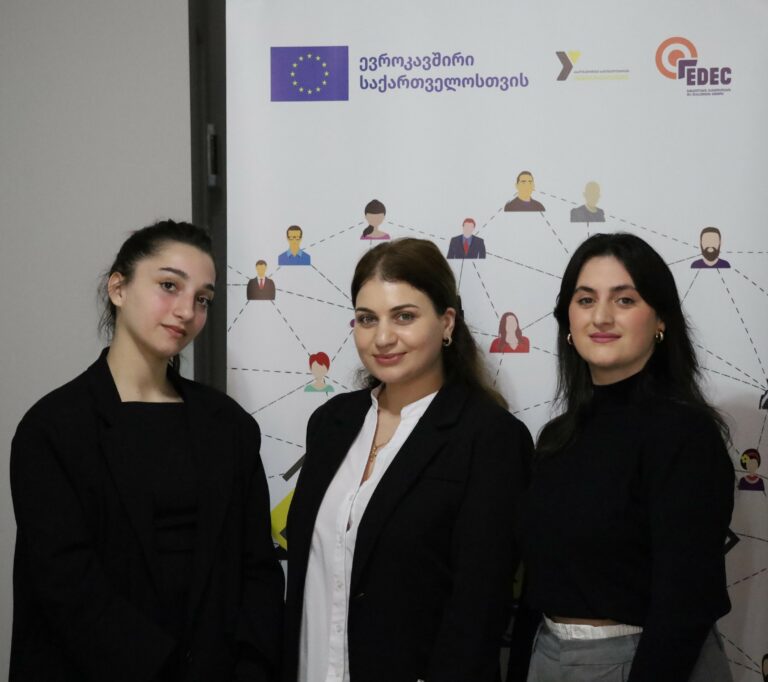
A hands-on approach to boost youth employment in Georgia
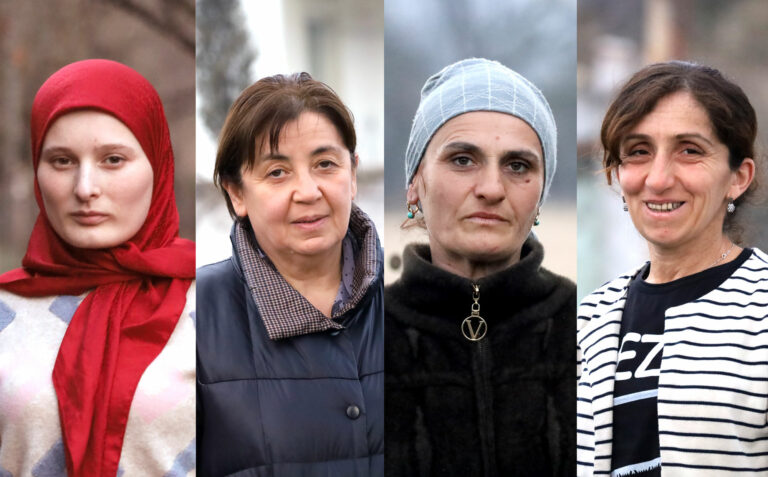
Taking health into their own hands: women’s empowerment in the remote villages of Georgia

A woman publisher in a male-dominated industry – the path to a big dream

Be one step ahead of a hacker: check simple cybersecurity tips!
More campaign pages:
Interested in the latest news and opportunities?
This website is managed by the EU-funded Regional Communication Programme for the Eastern Neighbourhood ('EU NEIGHBOURS east’), which complements and supports the communication of the Delegations of the European Union in the Eastern partner countries, and works under the guidance of the European Commission’s Directorate-General for Neighbourhood Policy and Enlargement Negotiations, and the European External Action Service. EU NEIGHBOURS east is implemented by a GOPA PACE-led consortium. It is part of the larger Neighbourhood Communication Programme (2020-2024) for the EU's Eastern and Southern Neighbourhood, which also includes 'EU NEIGHBOURS south’ project that runs the EU Neighbours portal.

The information on this site is subject to a Disclaimer and Protection of personal data. © European Union,







